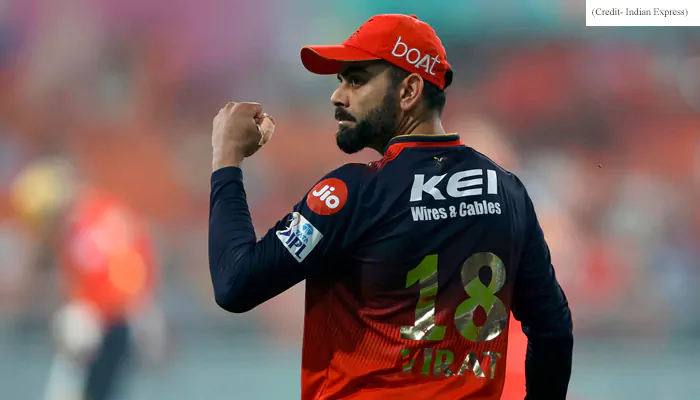Elevating Excellence: Inside The Spring Training Strategies Of Elite Athletes
- Admin
- 1 year ago
- 3 minutes read

Unlocking the secrets behind peak performance
As the winter gives way to spring, players in many sports start spring training, which is an important part of their preparation. This is the most important time to improve skills, build fitness, and get the body ready for the competitive season that's coming up.
Focusing on basic exercise is an important part of many spring training plans. Athletes spend time working on their core strength, flexibility, and basic skills that are special to their sport.
Athletes work on their cardiovascular fitness, quickness, and speed as part of their conditioning during spring training. Customised workout plans are meant to increase endurance so that players can keep up their best performance during the tough challenges of competitive play. High-intensity interval training (HIIT) and sport-specific drills are combined to make the workouts more like real games, which helps prepare the body and mind for battle.
Athletes work closely with coaches to improve their skills, fix their flaws, and build on their strengths. For example, baseball players work on throwing strikes and hitting the ball hard, while soccer players focus on controlling the ball and figuring out where to stand strategically.
When an individual does spring training, nutrition is very important. When the body has to do more hard work, it's important to eat a healthy, well-balanced diet. Athletes work with nutritionists to make sure they are giving their bodies the right fuel, which gives them the energy they need for training and helps them heal. Beyond just counting calories, getting the right mix of proteins, carbs, and vitamins is also important.
Athletes do specific strength and conditioning workouts to protect weak spots and lower their risk of getting hurt. There are also movement and flexibility exercises to improve joint health and range of motion. Physical therapists often play a key role in spotting possible problems and coming up with ways to avoid them. This makes sure that athletes are in great shape before the competitive season starts.
Spring training isn't just about working out in the gym or on the field; mental preparation is just as important. Sports psychology lessons help athletes improve their mental toughness, focus, and concentration. Visualisation methods are used to practise game situations, which helps players become more mentally alert, which is very helpful during real competitions.
During spring training, especially in team sports, team camaraderie is built. Athletes work together and understand each other better on the field through strategic meetings, team-building activities, and drills where they work together. This collaboration is very important for clear communication and working together during games. The ties that are made during spring training help the team work together, which is often the deciding factor in how well the season goes.
Technology is being used more and more as an aid in spring training plans. Wearable tech is used by athletes to keep track of performance data, which gives them useful information about where they can improve and make progress. Video analysis lets coaches and players look closely at technique, which helps them understand how individuals and teams work together.
Spring training is a complete way to get ready for sports. It includes physical fitness, improving skills, improving nutrition, preventing injuries, mental conditioning, building teams, and using technology. Athletes go through a lot of changes during this time, going from being off-season to being ready to perform at their best.












